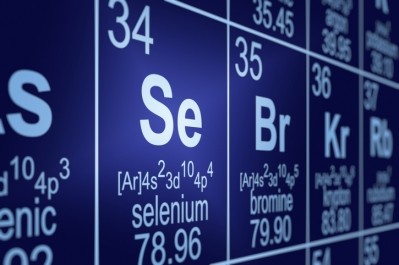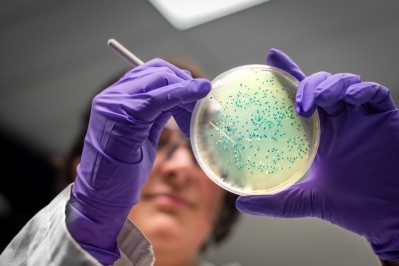Vitamin crisis: Industry told to look at stability of premixes, selenium content, and chelated minerals

The vitamin crisis, sparked by a fire at a BASF citral plant in Germany, is going to be a challenge for the livestock and feed industries over the next few months, in terms of price hikes, margin pressures and feed quality concerns, said Richard Murphy, director of research, at Alltech’s European HQ.
It’s a perfect storm in terms of multiple factors causing a bottleneck in supply of critical feed ingredients:
“It shows the volatility of a commodity market like this, where you have only a limited number of precursor manufacturers," he told us.
Maximizing the stability of premixes
Producers need to get back to basics, to look again at premix and diet formulations, in order to manage the reduction in supply of vitamin E:
“They should ensure they are using stable forms of trace element and mineral products; end users need to minimize the impact of magnesium or limestone base mixes, typically included in lactating dairy diets, as they have an impact on the acetates groups, making them liable to oxidation fairly rapidly.
“If you are using an inorganic mineral in that more alkaline premix base mix scenario, that is when you are really going to get quite a loss of vitamin E stability.”
Focusing on the selenium content is also essential, he said.
Due to the strong interaction between vitamin E and selenium, the sparing effect generated by selenium supplementation in a diet is a potential alleviation route.
Producers can optimize cellular recycling of vitamin E through maximizing the use of a bioavailable selenium source, thereby avoiding losses due to negative impacts of inorganic minerals, he added.
“People might say you are going to only get minor benefits from that type of an approach in terms of mixing of different components, but everything adds up, and when you are considering a high cost product, which vitamin E is going to become over the next while, it is definitely worth looking at."
Interaction between selenium and vitamin E
The synergy between vitamin E and selenium has been recognized for many years, he said.
“Indeed, the nutritional essentiality of selenium was established on the basis of its interaction with vitamin E, initially being demonstrated in vitamin E deficient rats. Subsequent trials indicated that selenium could prevent many of the symptoms of vitamin E deficiency in a variety of animal species.”
Moreover, selenium has been shown to play a critical role in the control and regulation of the overall cellular antioxidant system so adequate selenium in the diet will help in terms of lower levels of vitamin E, he explained.
However, he stressed, there is a vast differential in the underling impact of various selenium forms on cellular level. “You can make significant changes in the diet depending on the form of selenium you are using.”
Optimizing the chelation process
An optimized chelate that will reduce losses in premix is also vital, he said.
Chelation can reduce the negative impact of minerals by reducing their reactivity in the GI tract, said Murphy.
“Different chelates will have different stabilities and ultimately differ in their overall impact and bioavailability. Optimizing the chelation process not only enhances mineral bioavailability but it also ensures minerals are less reactive and, thus, do not negatively interfere with essential dietary components or cellular processes.
“When comparing mineral products - both inorganic and organic - the key differentiation point is the enhanced stability of organic minerals through the GI tract.”
He stressed that weakly bonded organic trace minerals could have the same negative effects as inorganics.
Alltech has done work demonstrating the importance of premix components for ensuring better vitamin stability. In trace mineral premixes, oxidation-reduction reactions are the predominant cause of vitamin instability, said Murphy.
“The type of trace mineral will influence its reactivity; copper, iron and Zn being the most reactive and having the greatest potential for vitamin destruction. The form that the trace mineral is presented in however has an even more significant role to play in influencing vitamin stability.”
He has evaluated vitamin E function following short-term inclusion in mineral premixes containing either organic trace minerals, inorganic sulphates or a 50:50 mixture of organic and inorganic minerals. He found inorganic minerals rapidly inhibited the antioxidant potential of vitamin E.













